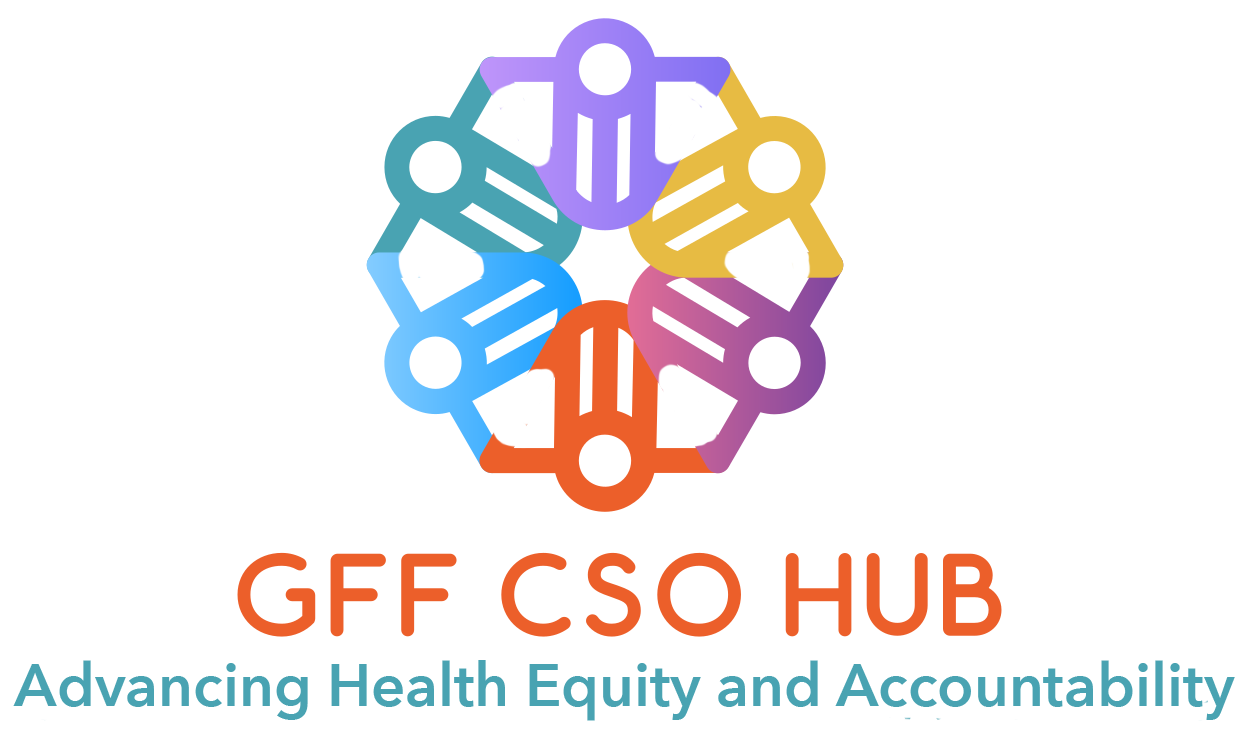Source: Tetra Tech
Integrated Land & Resource Governance Project (ILRG II)
The USAID ILRG II Environmental Defenders Grant Program is designed to support environmental defender organizations with the resources necessary to enhance their impact in addressing the land-related root cause of threats, and ensure the long-term sustainability of their vital work. This co-creation grant initiative focuses on organizations with established teams and a proven track record in project implementation, capable of successfully managing donor funds. ILRG II expects to award up to four grants of between $150,000 to $300,000 each, for a term of 18 to 36 months, though this may vary depending on each proposed activity’s scope and objectives.
The Request for Applications (RFA) and concept paper format are available for download in multiple languages: English, French, Portuguese, and Spanish. Click here to access the Grant Solicitation documents.
Additional Information:
Key dates:
- May 1, 2024: ILRG II-RFA-001 released.
- May 15, 2024: Questions due.
- May 21, 2024: Questions posted.
- June 1, 2024: Closing date for concept paper submissions.
Purpose: The grant aims to support environmental defender organizations in addressing land-related threats and enhancing the sustainability of their critical efforts.
Application Process: The solicitation will proceed in multiple phases:
-
- Phase 1: Applicants are invited to submit brief concept papers.
- Phase 2: Applicants with concept papers aligning with ILRG II objectives and showing strong potential will be invited to submit a full application.
Language and Phases: Concept papers and full applications can be submitted in English, French, Portuguese, or Spanish.
Funding Details: ILRG II expects to award up to four grants, each ranging from $150,000 to $300,000, for terms between 18 to 36 months.
Target Regions: The focus is on regions with significant threats to environmental defenders, including Latin America & the Caribbean, Asia, and Sub-Saharan Africa. Proposals should relate to one or more countries prioritized by USAID ILRG II.
Objectives: The program aims to:
-
- Strengthen defender initiatives through tenure-focused solutions.
- Identify scalable solutions with proven effectiveness.
- Address the specific needs of marginalized groups such as Indigenous Peoples, Afro-descents, women, and youth.
- Promote long-term sustainability through capacity building.
- Incorporate innovation and technology in defending environmental and land rights.
ILRG II/USAID prioritized countries:
Applicants must propose to work in one or more of the countries below. Priority will be given to applications from local or regional organizations. Applications will be considered for organizations based elsewhere that can demonstrate a longstanding presence and understanding of the local context where the intervention will take place.

